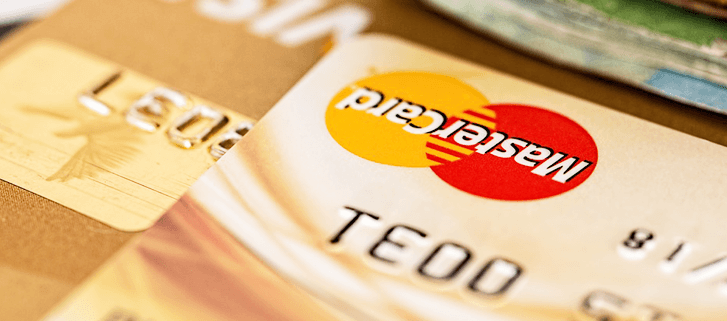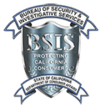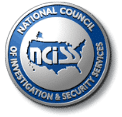What is credit or debit card fraud?
How does credit or debit card fraud happen?
How can I protect myself from being the victim of credit or debit card fraud?
The idea of debit or credit card fraud can strike cold fear into even the most tech-savvy consumer!
Once someone possesses your credit card or debit card number, you’re looking at a passel of phone calls to your card issuer, filling out police reports and possibly a delay before the issuer credits your account. Review these mistakes to avoid becoming a victim of debit or credit card fraud.
What are the tricks that credit card thieves use?
Credit card thieves use many tactics to steal cards, duplicate cards or use your data in a card-not-present (CNP) transaction, such as an online purchase. Fortunately, many forms of credit card theft are preventable.
How to avoid old-school credit card fraud?
Many thieves still go through garbage pails to find credit card statements and then use the data to make purchases online or to create counterfeit cards. Shred credit card statements before throwing them away. Better yet, opt for electronic statements that are more secure.
Sign your credit card
Even in today’s high-tech world, thieves steal credit cards the old-fashioned way and then go on shopping sprees. Signing your credit cards is your first line of defense against physical theft.
Be wary of phishing scams
Hackers may use email, phone calls, and instant messages to try to get you to reveal your credit card information. If you receive an email that appears to be from your bank or credit card provider, don’t call the number on the email. Instead, call the number on the back of your card. Similarly, don’t verify your account number or other personal information via messenger or over the phone. Instead, hang up and dial the number on your card.
Don’t swipe
Some hackers use “skimmers” — machines that capture the data on the card’s magnetic stripe, which they use to create a counterfeit credit card. These skimmers are most common in gas stations. While pay-at-the-pump may seem convenient, it’s not worth the hassle of a stolen credit card number. To avoid most in-store credit card fraud that occurs using skimmers, replace your older cards with today’s more secure EMV chip cards and only shop in stores that use chip readers.
New technology brings new fraud methods!
In 2015, the credit card industry began introducing EMV (Europay, Mastercard, and Visa) chip cards. The cards use a small computer chip with encryption technology to protect your data during point-of-sale transactions.
Instead of swiping your credit card’s magnetic stripe, you insert the chip. The chip creates a unique, encrypted transaction code that is good for one-time-only use.
The technology worked. Since the introduction of EMV chips, cases of counterfeit fraud – where a credit card is physically duplicated – dropped by 46 percent. However, card-not-present (CNP) fraud increased by 40 percent, according to one Forbes magazine article.
How to prevent online credit card fraud?
Card-not-present (CNP) fraud has become more common as the number of online data breaches continues to rise. In 2017, 1,579 incidences exposed 179 million consumer records, according to the Identity Theft Resource Center.
While you can’t stop a data breach from happening to a large organization, you can take steps to protect your information on your own electronic devices.
Use a different, hard-to-guess password for each account. Passwords should include a mix of numbers, letters, and special characters. Consider using a password manager for maximum security.
Secure your mobile devices. Protect your smartphone with a unique password or, better yet, use a fingerprint scanner or facial recognition to lock your phone and other mobile devices.
Avoid using unsecured wireless networks. It may be tempting to sign onto the free WiFi at places like the airport or your local coffee house. But you shouldn’t use unsecured public networks for online shopping or paying bills. Likewise, never leave your laptop unattended in public places, because thieves can covertly install keystroke loggers to capture your logins and passwords for later use.
Keep tabs on your accounts. Read your statements carefully and set up monitoring alerts to notify you when transactions occur. Many banks and credit card providers offer free monitoring.
What to do if you’re a victim of credit card fraud?
Even if you take preventative measures, credit card fraud can happen to anyone. Take the following steps to minimize further fraud and to ensure you aren’t liable for fraudulent charges.
Cancel your card. If you have lost your credit card or believe it was stolen, or if you believe any of your accounts have been hacked, immediately contact your credit card provider to put a stop on your card. Store the phone numbers to report lost or stolen credit cards separately from the cards.
Alert the authorities. Use the FTC’s online form to file a report, which can help if you have to dispute any charges with your credit card company. Also, file a police report.
Protect yourself online. Change your account passwords, including those for online shopping sites.
Consider freezing your credit. Freezing your credit report prevents credit inquiries, which means no one can open a new account in your name. Congress recently ruled to make it free to freeze your credit with all three credit bureaus. If you suspect you have been the victim of credit card fraud, you may want to take this step. You can unfreeze your report using a pin number.
Know how to protect, monitor, and report
Credit card theft can be a hassle, but it doesn’t have to become a financial hardship if it occurs.
Be vigilant about protecting your personal data, monitor your credit card accounts regularly, and report any unusual activity immediately to minimize damage caused by credit card fraud.















